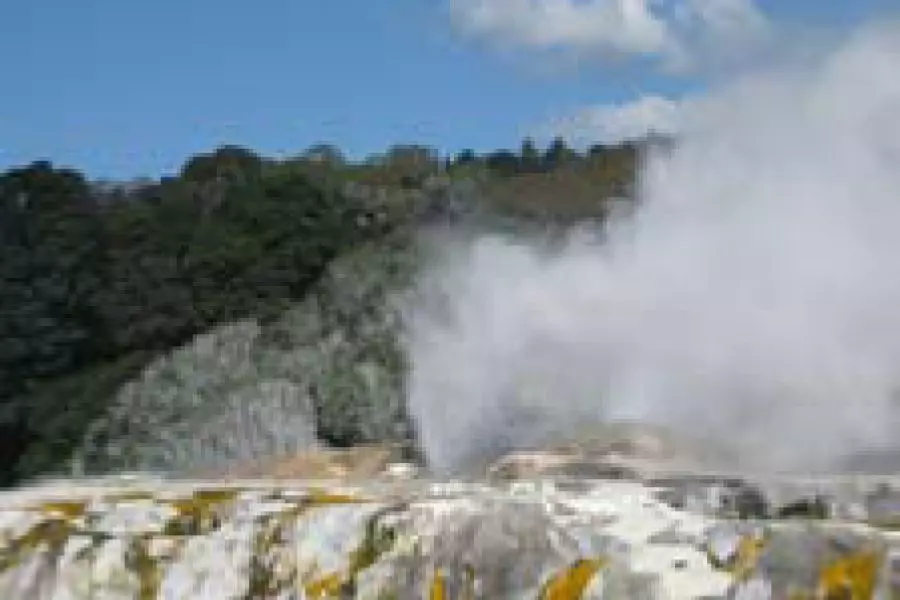News
Investor success bubbling away

Monday 28th of November 2016
Its tourism slogan is ‘New Zealand’s coolest hotspot’ and the Rotorua housing market is showing strong signs that it’s not just the hot pools and geysers that are on the boil.
With 18 lakes, the Redwoods forest and its internationally renowned mountain bike tracks, it’s a region enticing people to abandon the rat-race of the SuperCity and make a move a coup...
Want to read the full article?
Click the button below to subscribe and will have unlimited access to full article and all other articles on the site.
8 min read
10 min read






![[The Wrap] Bye Bye Bayly](https://goodreturns.publit.io/file/c_fill,w_900,h_600/39f23ac1-f7c7-4854-b700-a150004ebbac.webp)


